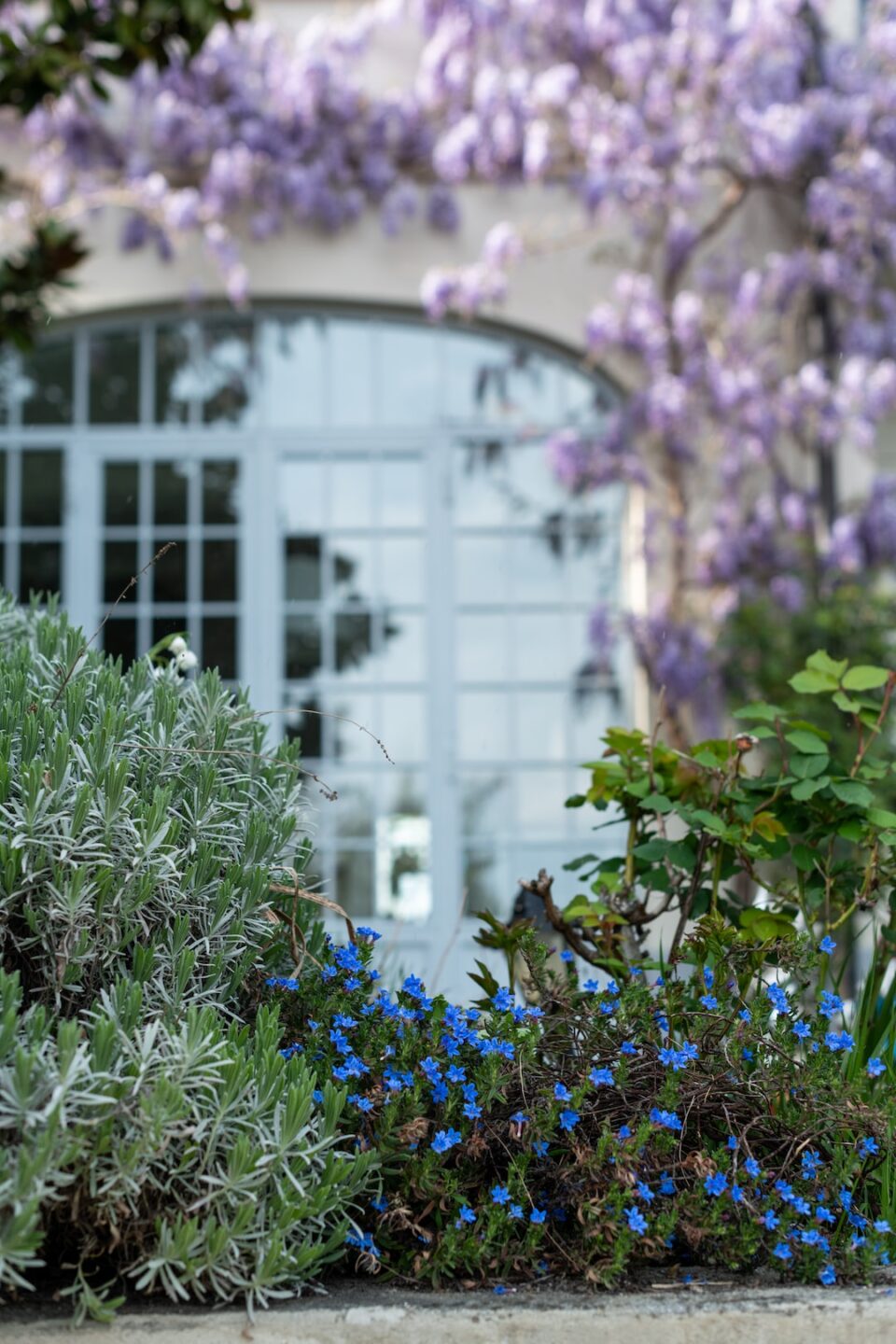The Ultimate Guide to Starting a Vegetable Garden
Have you always dreamt of having a beautiful vegetable garden in your backyard? Growing your own fresh produce not only guarantees you a constant supply of organic and nutritious food but also offers a relaxing and rewarding hobby. Starting a vegetable garden may seem intimidating at first, but with some proper planning and guidance, you can create a thriving garden that will provide you with joy and sustenance throughout the year. In this ultimate guide, we will walk you through the essential steps and tips to get your vegetable garden up and running.
1. Determine Your Space
Before diving into the world of vegetable gardening, assess your available space. Whether you have a large backyard or a small balcony, you can still create a successful garden. Consider the amount of sunlight your space receives and the type of soil you have. Most vegetables require at least 6 hours of direct sunlight per day, so make sure to choose a spot that meets this requirement.
2. Prepare Your Soil
The key to a healthy vegetable garden lies in the quality of your soil. Take a soil sample and test its pH level, nutrient content, and composition. Based on the results, you may need to add organic matter, such as compost or manure, to improve its structure and fertility. Prepare the soil by removing any weeds, rocks, or debris, and ensure it is well-drained. Proper soil preparation is vital for the success of your garden.
3. Plan Your Garden Layout
Now that you have chosen your gardening area and improved the soil, it’s time to plan your garden layout. Decide which vegetables you want to grow and how much space they require. Consider companion planting, where certain plants support and benefit each other when grown together, while others should be kept separate. This will maximize crop yield and reduce the risk of pests and diseases. Plot everything out on paper to visualize and organize your garden effectively.
4. Start Seeds or Transplants
Once your garden layout is complete, it’s time to decide whether you want to start your vegetables from seeds or purchase transplants. Seeds offer a wide variety of vegetable options and allow you to save money. However, they require nurturing and take longer to mature. On the other hand, transplants are ready to be planted and may be convenient for beginners or those with limited time. Consider your needs and preferences when choosing between seeds and transplants.
5. Planting Techniques
When it comes to planting, it’s crucial to follow the spacing and depth recommendations specific to each vegetable. Some plants prefer being directly sown into the ground, while others thrive when started indoors. Take note of the recommended planting dates for your region, as planting too early or too late can negatively affect your harvest. Water the newly planted vegetables gently and provide a protective layer of mulch to retain moisture and suppress weed growth.
6. Care and Maintenance
To ensure a thriving vegetable garden, proper care and maintenance are essential. Water your plants regularly, aiming for a consistent level of moisture. Use organic fertilizers or compost to provide necessary nutrients. Regularly inspect your garden for pests or diseases, addressing any issues promptly. Weed diligently, as they can compete with your vegetables for water and nutrients. Additionally, consider using physical barriers or companion plants to deter pests naturally without resorting to harmful chemicals.
7. Harvesting and Enjoying
The ultimate reward of gardening is reaping the fruits of your labor. Harvest your vegetables at the peak of their ripeness for optimal flavor and nutrition. Different vegetables have various indicators of readiness, such as color, size, or texture. Use sharp tools to avoid damaging the plants and handle them gently to prevent bruising or spoiling. Enjoy your bountiful harvest by incorporating fresh produce into your meals or preserving them for later use through canning, freezing, or drying.
Remember, gardening is a continuous learning experience. Don’t be discouraged if you face challenges or make mistakes along the way. Keep experimenting, trying new techniques, and seeking advice from experienced gardeners or online resources. With patience, dedication, and a green thumb, you’ll soon grow a vibrant vegetable garden that will provide you with nourishment and joy for years to come. Start your gardening journey today and witness the wonders of cultivating your own food.

